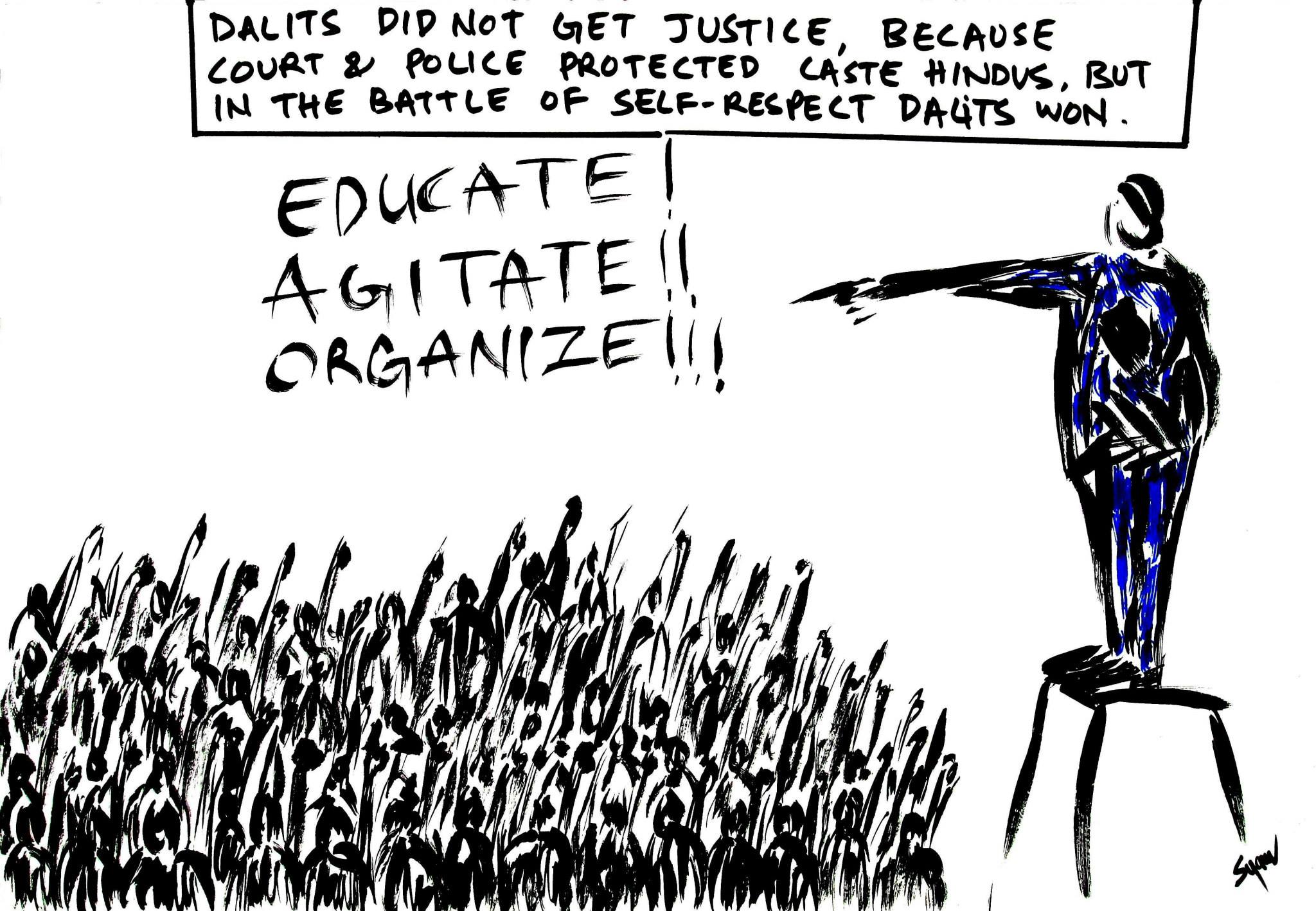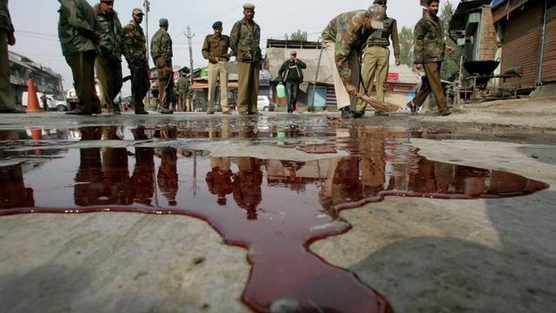Ajinkya Sanjay Khandizod
The historic split in Shiv Sena and the comeback of the BJP in Maharashtra state have led to many dramatic events. The Congress and the NCP, which claim to be secular parties, were aligning with Thackeray’s Shiv Sena until now. But there is a new partner who wants to ally with Thackeray’s Sena. It’s the Vanchit Bahujan Aghadi, the political party headed by Prakash Ambedkar, grandson of Dr. B. R. Ambedkar. Having an adequate base, particularly after 2019, among Dalit and OBC voters, the rise of VBA has its roots in Bharip Bahujan Mahasangh (led by Prakash Ambedkar himself), which gradually gathered together other small political/social outfits of marginalized sections, such as OBC, SC, ST, and minorities. This led to the formation of VBA, which happened just before the 2019 Lok Sabha general elections.
VBA and MIM got together for the 2019 General elections, with MIM securing 1 seat in Aurangabad. Even though the alliance secured only a single seat, it got around 41 Lakhs votes which are 14% of total voters in the state. The coalition also fostered social connections, which helped the mobilization of Dalits, Muslims, and other marginalized sections. The Dhangar votes also played a significant role in western Maharashtra with the help of Gopichand Padalkar (now MLC through BJP). The massive rallies of Prakash Ambedkar, Asaduddin Owaisi, Gopichand Padalkar, and other leaders like Laxman Mane were the center of attraction. These not only created an alliance of the ‘oppressed’ again newly emerging Hindutva politics, but also an opportunity to rise in power.
SC population in Maharashtra is around 12% and the Muslim population is approximately 12%, and the feeling of belonging between these two communities is much more intense on the ground. In urban areas, the intermixing of these two social groups exists, and the sense of neighborhood is also visible. Hence, the political alliance proved beneficial for these social groups to convert that into votes in very little time. There were attempts in Maharashtra earlier to unite Dalits and Muslims, but they couldn’t make a significant impact. Prakash Ambedkar has a history of bringing together the OBCs, SCs, and STs and succeeding in areas of Vidharbha, like Akola. He being a mass leader, together with Owaisi has marking his presence in Maharashtra politics for the last 10 years, made this alliance successful.
The coalition didnt last long and broke within 6 months of the next state assembly elections. This breakup affected both parties, with VBA not opening its account and MIM winning only 2 seats in North Maharashtra.
Fighting separately, the votes of both sides were divided. The picture could have been different if the alliance had been sustained until the assembly elections.
As said earlier, the feeling of being oppressed within these two communities, among Dalits and Muslims, makes them united in social spaces. They got a political face in the name of VBA and MIM. This alliance also secured votes from other social groups and local political dynamics.
Now that the VBA has much bargaining power, will it be used to make an alliance with Uddhav’s Sena? With its traditional vote base and being a believer in social justice, can VBA cope with the current stand of Uddhav’s Hindutva?
There have been instances of ‘Shivshakti and Bhimshakti’ coalitions in Maharashtra in the past. It was the Shiv Sena and Panther Leaders in the 1990s and recently in 2010-11 when Ramdas Athawale, with his RPI, joined NDA. Even though these collaborations didn’t give much to the Dalits, it has been fruitful for the other party. Now, as Uddhav’s Sena stands more aligned with his grandfather’s (Prabhodhankar Thackeray) social and political philosophy, whether will it benefit both is the question. Even if it helps VBA, if it gets allied with Uddhav’s Sena, it may not last long.
It could prove important during the coming municipal elections in the state, especially in the western and Konkan regions municipalities which have large pockets of Dalits and Muslim populations. The current stand of Uddhav Thackeray and his role during CAA & NRC attracted a large Muslim population; even a significant Dalit base felt appreciation and sympathy for his position when he resigned as CM. The alliance formed between VBA and Uddhav’s Sena will surely help Sena in the current political situation. Again the question is, will the vote transfer happen from Uddhav’s Sena to VBA, which is still a Dalit Party, even though it has representatives from all sections of society.
Returning to the 2019 general elections, where the country saw a wave of Hindu nationalism, the Maharashtra state saw the emergence of the VBA and MIM alliance. The only challenge currently to Hindu nationalism lies in social justice parties. Democratization of our polity is thus possible when the underrepresented are given representation. VBA’s declaration of the caste identities of the candidates contesting thus was an example. Maharashtra has a history of social movements helping political parties to secure votes. VBA and MIM shared a natural alliance and tasted some success. If the coalition of Uddhav’s Sena and VBA happens, it’ll lack a natural alliance. The history of alliances with Sena gives brings back more negative than positive memories.
Thus, even though the alliance between VBA and Uddhav’s Sena is still in the discussion phase, whether it will happen is the big question.
~~~
Ajinkya Sanjay Khandizod is pursuing MA in Social Work at Tata Institute of Social Sciences, Mumbai.










